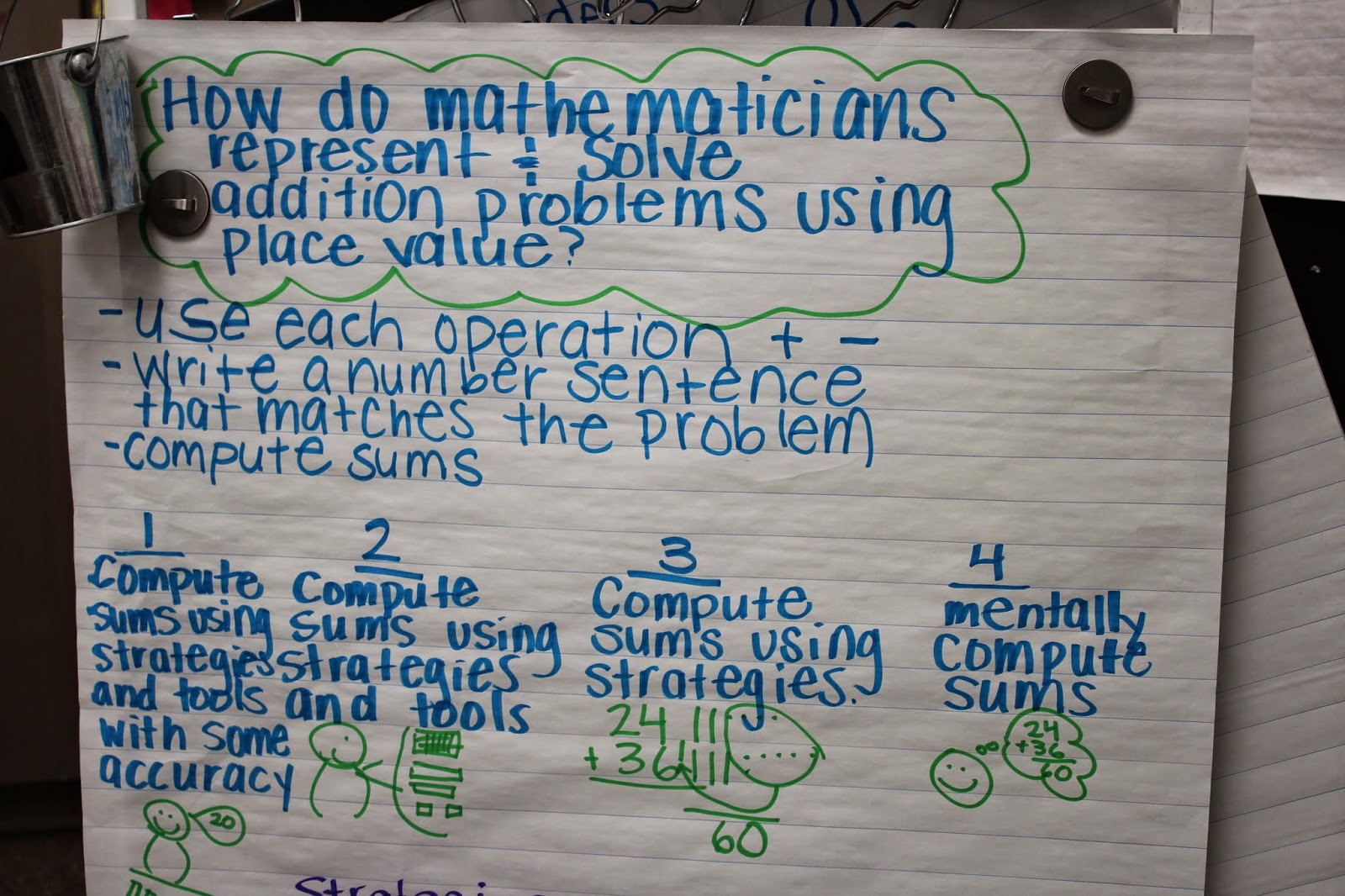I am passionate about rubrics. What can I say...I'm a BIG NERD! Truly it has changed my classroom instruction over the past several years and I realized I've never spoken to it on the blog.
This is a quick video that I found helpful in explaining rubrics:
When I was in college, rubrics were used to assess teamwork and creativity but not really the standard or concept that was being taught. I didn't see their value to my everyday teaching life. Then a couple years ago my administrator encouraged us to use them during our lessons. I fought her hard...it was the time, the effort, and I already felt overwhelmed. Then I went home and really thought it through and I decided to give it a go. Now three years later and not a day goes by that I'm not referring to rubric and discussing what we might do to meet the standard.
The goal is to meet the standard or where you are at within the progression of the standard. This is what I generate first when making a rubric and it is also what I share with my students first.
Next, I move to exceeding. I use the next grade level standards and what I know about consistently showing a deeper understanding of the concept.
Developing and Emerging are harder. I refer to the grade level standards from the grade below and I also use what I know about my students developing within the standard and just emerging. If you have a progression for the full standard it makes it easier to accomplish.
W. James Popham wrote that learning progressions are, "A carefully sequenced set of building blocks that students must master en route to master a more distant curricular aim." For instance, in order to share a key detail about a character we must know what a character is, understand details, understand key details and then we can share a key detail about a character.
If your county provides learning progressions, then it makes it extremely easy to write rubrics. If not, just think about what a student must know in order to build the blocks to mastery.
Here are some pictures of how I use rubrics in the classroom:
In reading, we are working on the main topic. This chart is added to over time as we add things that readers do to find the main topic. Below is the rubric. I created this rubric and it correlates with the think sheet (see below) that they have been using through the course of this standard.
The rubric is at the bottom of the chart. The focus of this lesson was to show students how they are already using a variety of techniques to elaborate but now we put a name to what they were doing.
During the course of a standard, I observe the students work at least three times. Some times it is informal observations that drive my instruction and other times I am having them show their thinking through writing. Once I have assessed them I record it on a sheet that has all the standards listed for the quarter.
This is how it looks during the course of our work overtime.
I decided to create an assessment pack of each mathematical standard for second grade. I was feeling the need for assessments that focused on a standard and looked for depth. I wanted to make sure my students comprehended our deeper level of math and the chapter test just weren't cutting. Every assessment has a rubric at the bottom. The rubric can be used throughout teaching to help set goals, self-assess and drive instruction. Check them out at my TPT store by clicking on the link or the picture!
Now I'm going to catch up on Orange is the New Black. Night y'all!










I love the idea of using a rubric to assess a standard instead of just a project! This way kids can see how close they are on their way to achieving the goal of "proficiency." Fantastic!
ReplyDeleteMandy
Caffeine and Lesson Plans
On this page you can take a gander at my affinities, make something bewildering. enlarged
ReplyDelete